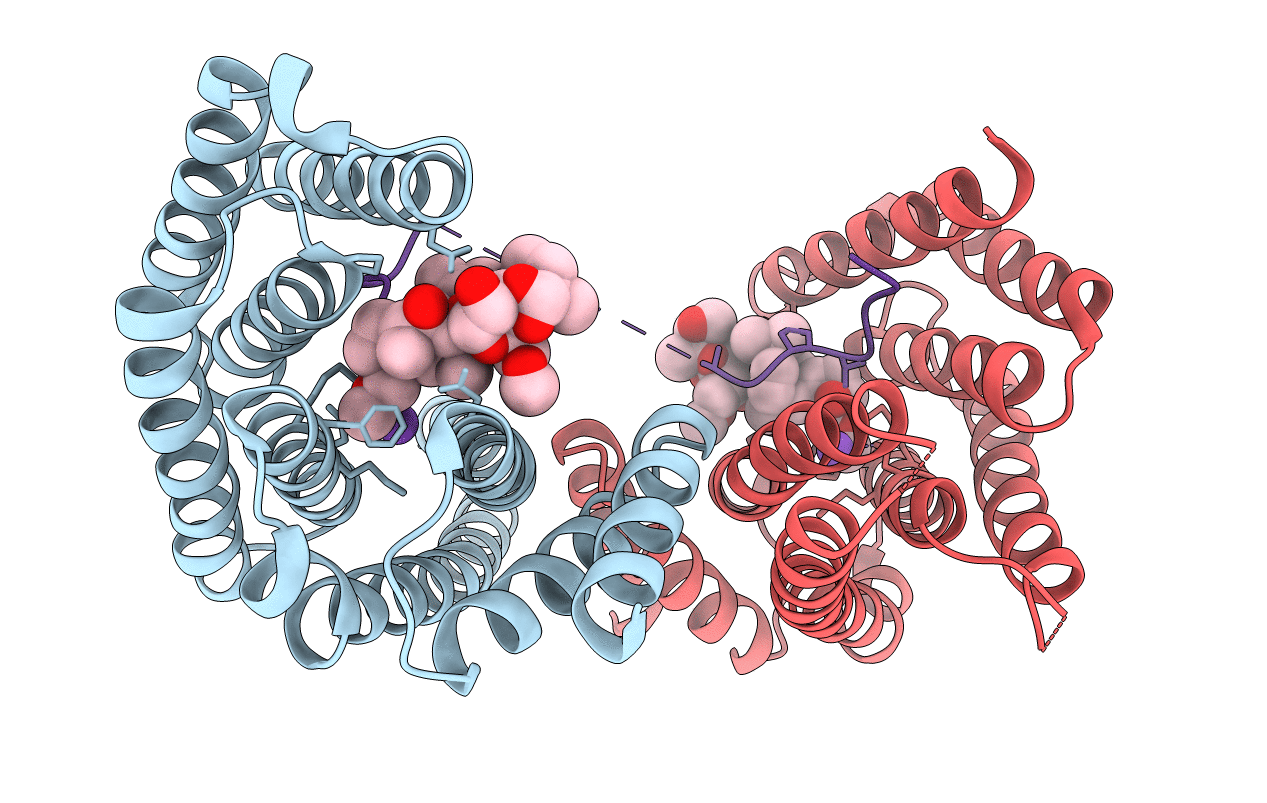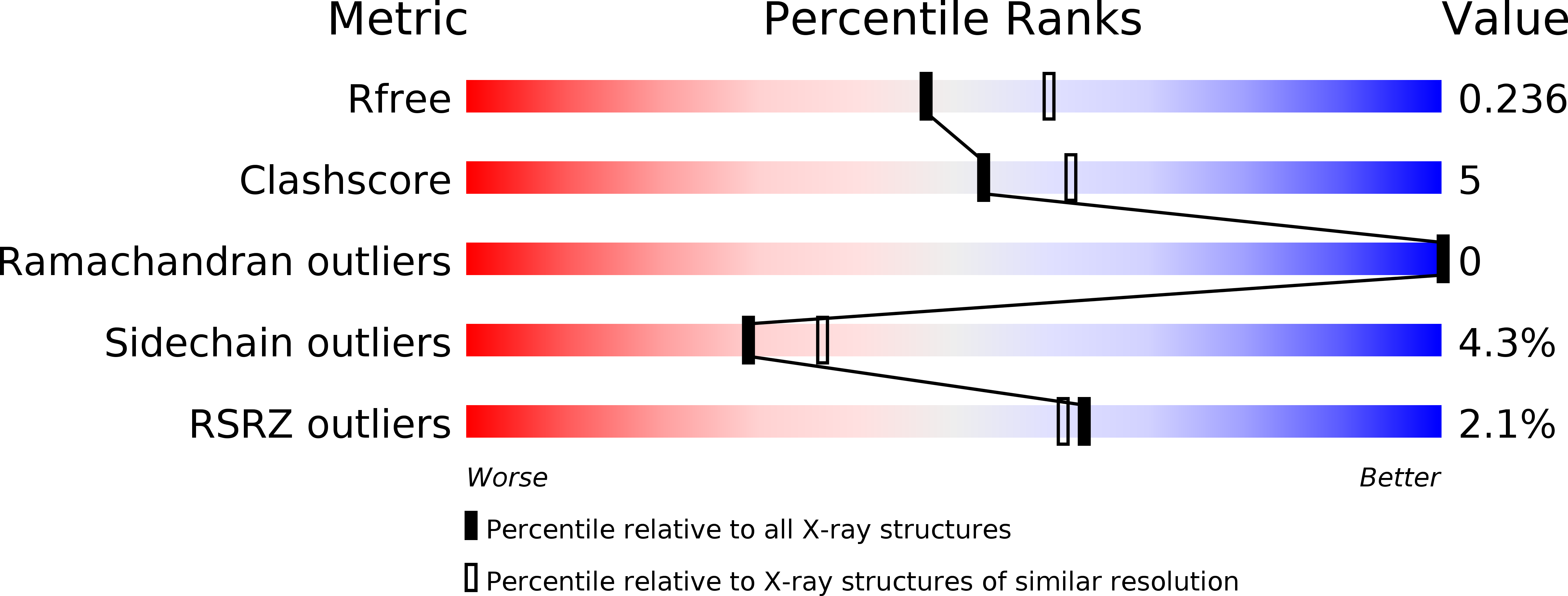
Deposition Date
2012-12-19
Release Date
2013-09-25
Last Version Date
2024-10-09
Entry Detail
PDB ID:
4IHL
Keywords:
Title:
Human 14-3-3 isoform zeta in complex with a diphoyphorylated C-RAF peptide and Cotylenin A
Biological Source:
Source Organism:
Homo sapiens (Taxon ID: 9606)
Host Organism:
Method Details:
Experimental Method:
Resolution:
2.20 Å
R-Value Free:
0.24
R-Value Work:
0.20
R-Value Observed:
0.20
Space Group:
P 21 21 21


